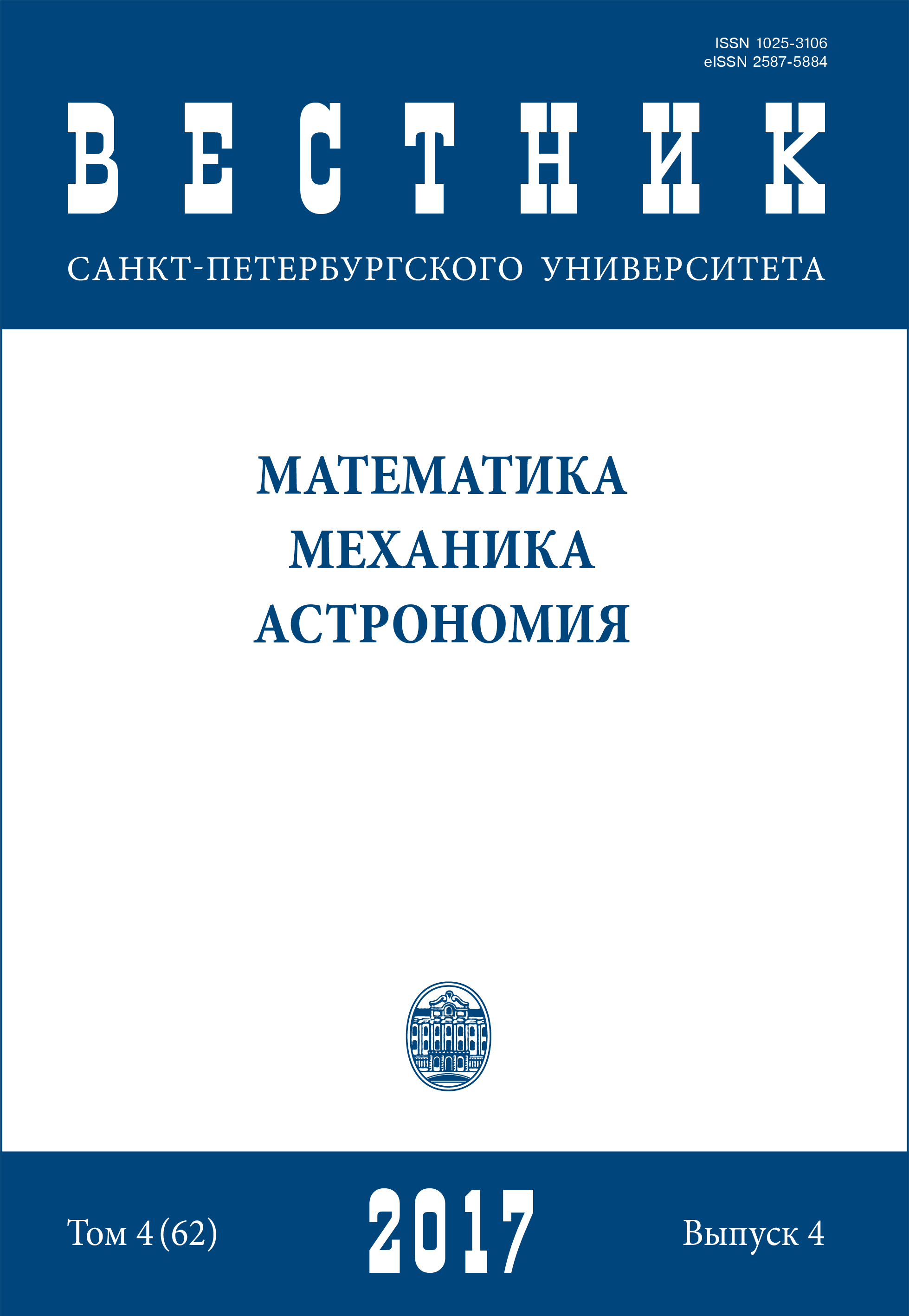Shock wave structure in CO2 taking into account bulk viscosity
Abstract
Variation of the macroscopic parameters of carbon dioxide CO 2 passing through a shock wave is studied. The novelty of the work is in correct account of the bulk viscosity while calculating the structure of the shock wave. In the shock front, translational, rotational and vibrational degrees of freedom are excited. The transport processes are modeled using the kinetic theory of gases. The influence of the vibrational degrees of freedom on the transport coefficients for different Mach numbers is studied in detail. The system of Navier-Stokes equations is solved numerically taking into account the viscous stress tensor and the heat flux. The diagonal terms of the stress tensor contain the shear and bulk viscosity, and the coefficient of thermal conductivity is determined by the contributions of translational and internal degrees of freedom. The complex structure of vibrational modes of carbon dioxide molecules is taken into account in calculating its specific heat and the adiabatic factor. It is shown that the adiabatic factor changes noticeably when passing through a shock wave, therefore, the commonly used assumption of its constancy significantly affects the accuracy of calculating the equilibrium values of the gas parameters behind the shock wave. The distributions of the following parameters in the shock waves with Mach numbers 2 and 5 are found numerically: pressure, density, velocity, and temperature. The transport coefficients as functions of the distance from the shock front are analyzed. It is found that taking into account the vibrational degrees of freedom and bulk viscosity significantly affects the width of the shock front and the parameters of the shock wave in polyatomic gases. For nitrogen, taking into account the bulk viscosity leads to a significant improvement in the agreement between the calculated and experimental data on the density measurement. Refs 7. Figs 7.
Downloads
References
Downloads
Published
How to Cite
Issue
Section
License
Articles of "Vestnik of Saint Petersburg University. Mathematics. Mechanics. Astronomy" are open access distributed under the terms of the License Agreement with Saint Petersburg State University, which permits to the authors unrestricted distribution and self-archiving free of charge.




